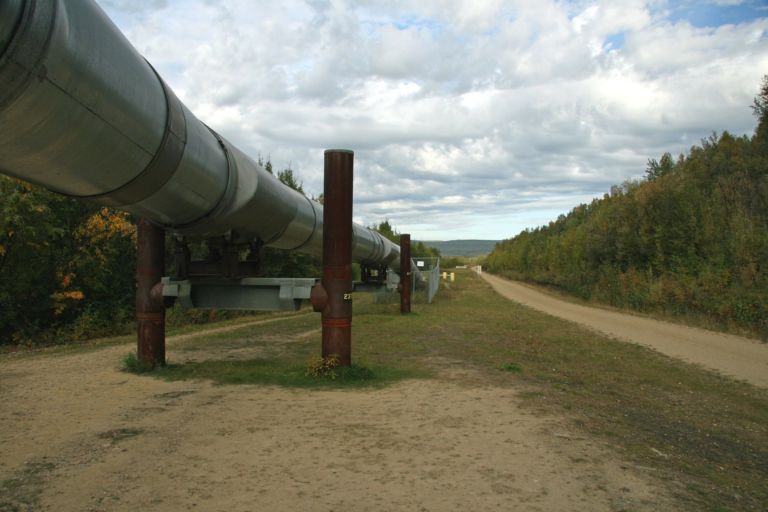John Hood’s column this morning on what a state energy policy should and shouldn’t be is worth a full look. Having already written on the Four P’s of Electricity Competition, I’d like to highlight this portion:
There has always been an economic rationale for pursuing lower prices. Electricity and fuel oil are significant inputs for many industrial and commercial enterprises. Economies with affordable energy tend to be economies with higher rates of growth. Studies published in The Cato Journal, Public Finance Review, Growth and Change, Annals of Regional Science, and other scholarly journals show a statistically significant and negative relationship between a state’s average energy prices and economic measures such as employment, business starts, or income growth.
What that means: the lower a state’s average energy prices, the higher those good economic measures. Higher energy prices means those important economic measures are lower. So if you want to throttle down your state’s economy, harm job creation and business starts, and choke off income growth, then find ways to raise energy prices.
If you want to boost the state’s economy, jumpstart job creation and business starts, and increase income growth, then find ways to cut energy prices.

